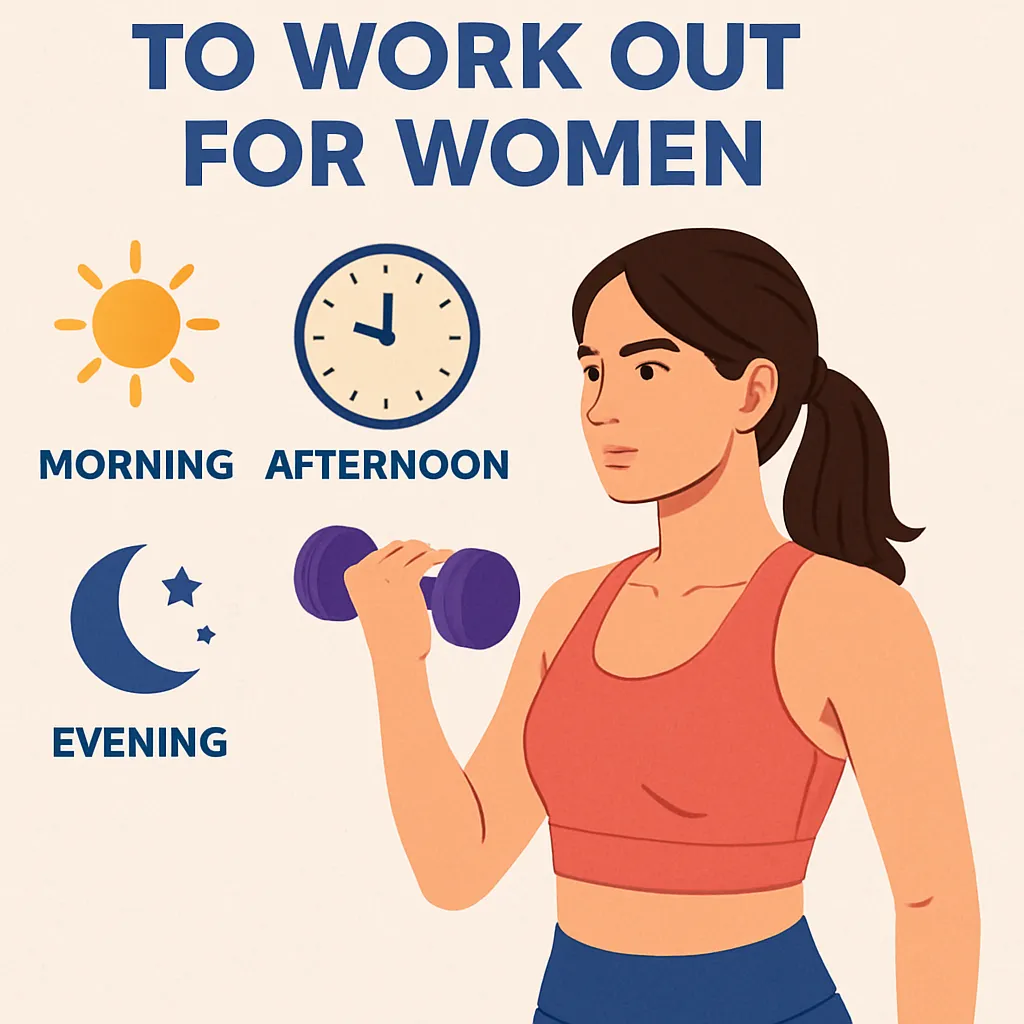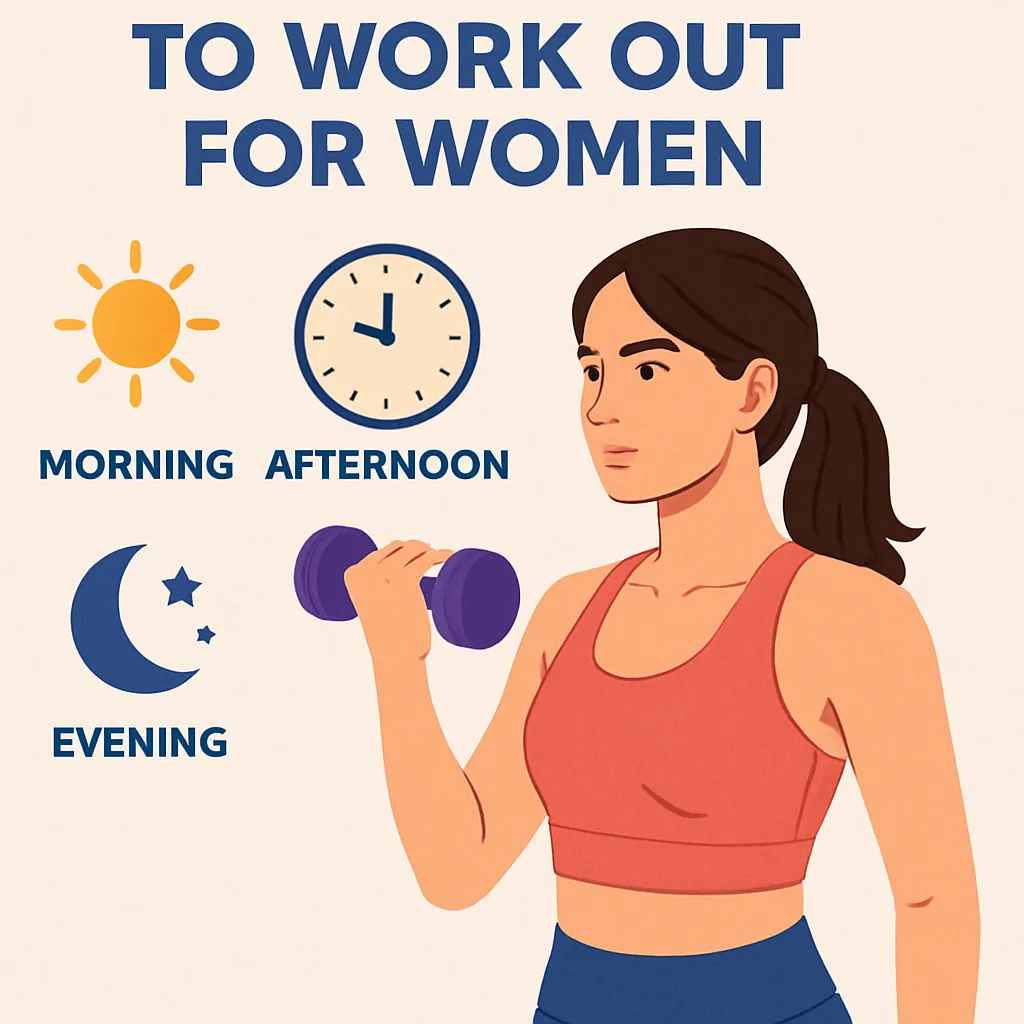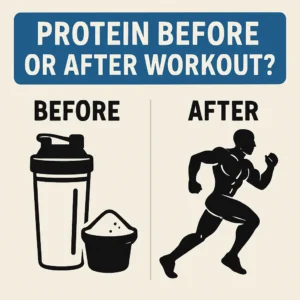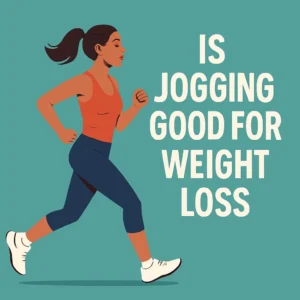Choosing the best time to workout for women is a question that blends science, personal routine, and individual goals. In this article, we will explore morning, afternoon, and evening workouts, weighing their unique benefits and considerations. We’ll examine which exercises fit best at each time, how to prepare your body, and what recent studies say about performance and gender differences. By the end, you’ll have the tools to personalize your fitness schedule in a way that aligns with your lifestyle, sleep patterns, and dietary habits. Whether you’re an early riser or prefer late-night sessions, this guide will empower you to make an informed choice. Let’s dive in and find out which workout timing suits you best.
Morning Workouts: Benefits and Considerations

Morning exercise benefits are widely touted in both fitness circles and scientific literature. Working out in the early hours can kickstart your metabolism, boost your mood, and set a positive tone for the day. However, it also requires proper preparation, especially if you’re not naturally a morning person. We’ll explore why morning might be the best time for some women, which exercises work well, and how to ease your body into early activity. Understanding these factors can help you maximize results and consistency. Let’s look at what makes morning workouts a powerful option.
Why Morning Might Be Best
Research shows that hormones like cortisol and testosterone peak in the morning, which can aid strength and fat-burning workouts. Additionally, completing your workout early increases adherence, since fewer distractions or schedule changes can interfere later. Exercising on an empty or light stomach can also enhance fat oxidation, though it may feel challenging at first. Morning workouts boost endorphins, helping to reduce stress and improve focus throughout the day. Moreover, they offer a quiet environment, often with fewer gym-goers or traffic on the roads. For women juggling work and family, getting fitness done first thing can free up the rest of the day.
Ideal Morning Exercises for Women
Some exercises are particularly well-suited to morning sessions, especially those that activate large muscle groups and elevate heart rate gradually. Dynamic stretching and bodyweight circuits can gently wake up your muscles and joints. Cardio routines such as jogging or cycling increase blood flow and oxygenation. Strength training with moderate weights can be effective when testosterone levels are naturally higher. Yoga or Pilates are excellent for flexibility, core strength, and mental clarity at the start of your day. Combining these modalities can offer a balanced morning workout routine.
Preparing Your Body for Early Exercise
To make morning exercise sustainable, you need strategies that ease the transition from sleep to activity. First, ensure you get 7–9 hours of sleep, and aim for consistent wake-up times—even on weekends. A light snack or small protein shake before working out can prevent dizziness or weakness. Hydrating immediately upon waking is crucial, as you’ve gone hours without water. Gentle warm-ups and foam rolling can reduce stiffness and risk of injury. Finally, lay out your workout clothes the night before to minimize friction in the morning routine. These preparation steps help your body and mind embrace early workouts more readily.
Afternoon Workouts: The Midday Advantage
Afternoon exercise advantages include hitting the gym when your body temperature and core strength are typically at their highest. This window often spans from around 2 p.m. to 5 p.m., when flexibility, reaction time, and performance metrics peak. Women who can carve out time after work or during lunch breaks may find this ideal for high-intensity sessions. Still, balancing work commitments and energy dips is key to consistency. Let’s explore why the afternoon can be a powerful time to train and what types of exercises work best.
Benefits of Afternoon Exercise
By the afternoon, your body’s circadian rhythm has fully activated, leading to optimal muscle function and cardiovascular efficiency. Reaction times tend to be quicker, reducing the risk of injury during dynamic movements. Strength capacity may increase by up to 20% compared to morning performances. Afternoon workouts can also break up sedentary workdays, improving mental clarity and reducing stress. They offer a social advantage too, with more people at the gym or in fitness classes. Lastly, these sessions can help counteract afternoon energy slumps and refocus your mind for the remainder of the day.
Types of Exercises for Midday Sessions
High-intensity interval training (HIIT) and circuit workouts are popular for their efficiency and calorie-burning potential. Powerlifting or barbell complexes capitalize on your afternoon strength peak. Group fitness classes provide motivation and structure, from spin to dance cardio. Outdoor sports or boot camps can also harness the daylight hours. If you have limited time, a 30-minute plyometric or treadmill session can still yield significant benefits. Choosing a mix of resistance, cardio, and flexibility exercises ensures a well-rounded midday routine.
Balancing Work and Workout
Integrating fitness into a busy workday requires planning and flexibility. Schedule workouts on your calendar as you would any meeting. Keep a gym bag at the office or a spare set of clothes nearby to reduce barriers. If time is tight, opt for shorter, more intense routines or walk meetings. Utilize your lunch break creatively—perhaps a short swim or a brisk walk. Communicate with colleagues and supervisors to build understanding around your wellness goals. By treating your workout as a non-negotiable appointment, you’re more likely to follow through.
Evening Workouts: Ending Your Day with Fitness

Evening workouts for women can be an excellent way to de-stress and unwind after a busy day. Late-day exercise may improve sleep quality by promoting deeper rest cycles, provided you finish at least 1–2 hours before bedtime. Some women find that evening workouts help them tap into higher endurance levels and enjoy a more social atmosphere in classes. Others use this time to focus on mindfulness-based movements like yoga. Let’s delve into the benefits of evening sessions and how to make them work for your schedule and goals.
Evening Exercise Benefits
Core body temperature peaks in the early evening, which can lead to increased flexibility and muscle performance. Strength and power outputs are often highest at this time, making it ideal for resistance training. The stress-relieving nature of exercise can help clear the mind before transitioning to personal or family time. Evening workouts also provide an opportunity to socialize in group classes or team sports. Moreover, post-work nutrition is more flexible—many can afford a larger pre-workout meal. If timed well, this routine can enhance restfulness and recovery overnight.
Suitable Evening Workouts for Women
Resistance training with free weights or machines can leverage your peak strength. Cardio options like spin classes, rowing, or brisk treadmill sessions burn calories and stimulate endorphins. Yoga flow or restorative Pilates can calm the nervous system while improving mobility. Dance-based workouts, such as Zumba, offer fun, rhythmic ways to stay active. Team sports like basketball or volleyball combine fitness with social engagement. Rotate through these options to keep your evening workouts fresh and motivational.
How to Unwind Post-Workout
A proper cool-down helps transition from high-intensity activity to relaxation mode. Begin with 5–10 minutes of light cardio, such as walking or gentle cycling, to gradually reduce heart rate. Follow with static stretching to release muscle tension and improve flexibility. Incorporate breathing exercises or a short meditation to calm the mind. Hydrate and refuel with a balanced meal containing protein and carbohydrates. Keep lights dim and screens off for at least 30 minutes before bed. This routine supports a restful sleep and enhances recovery.
Personalizing Your Workout Timing
Finding the best time to workout for women ultimately comes down to personalization. Factors such as sleep patterns, dietary routines, work schedules, and family commitments play a major role in determining your ideal exercise window. Listening to your body’s signals—energy levels, mood fluctuations, and performance feedback—will guide your decision. Consistency is key, so choose a time that you can commit to week after week. Below, we explore the key factors to consider when crafting a personal fitness schedule that aligns with your lifestyle.
Factors to Consider (Sleep, Diet, Lifestyle)
Quality of sleep influences energy availability and recovery capacity. If you’re a night owl, forcing an early-morning routine may lead to burnout. Nutrition timing—when and what you eat—affects workout performance and comfort. Work and family responsibilities can limit available windows for exercise. Hormonal cycles may also impact energy and strength across different days or months. Stress levels and recovery practices, like stretching and foam rolling, influence readiness to train. Considering these interrelated factors helps you choose a time slot that supports sustainable fitness habits.
Here are some common considerations when personalizing your workout timing:
- Identify your peak energy periods during the day by tracking your mood and alertness for a week.
- Map out fixed commitments—work hours, childcare, and social events—so you know available workout windows.
- Adjust meal timings to ensure you have adequate fuel without feeling sluggish during exercise.
- Monitor sleep quality and duration, aiming for consistency to optimize your training readiness.
- Reflect on menstrual cycle phases; some women may feel stronger in follicular versus luteal phases.
Listening to Your Body’s Natural Rhythm
Your circadian rhythm governs fluctuations in body temperature, hormone secretion, and cognitive alertness. Aligning workouts with these natural peaks can improve performance and reduce injury risk. Pay attention to how you feel before, during, and after exercise at different times of day. If you notice consistent energy crashes or soreness, it may signal that another time slot is preferable. Journaling workout feedback—perceived exertion, mood, and sleep—can reveal patterns. Over time, you’ll intuitively know when your body thrives. Use this information to fine-tune your schedule for maximum benefit.
The Science Behind Timing and Performance

Scientific research on workout timing and performance has grown significantly, offering evidence-based insights into how time of day impacts results. Recent exercise timing studies have examined metabolic responses, hormonal fluctuations, and subjective measures of exertion. Gender differences in exercise response are also increasingly understood, affecting recommendations for women’s fitness schedules. In this section, we’ll summarize the latest findings and explain what they mean for optimizing your workouts.
Recent Studies on Workout Timing
A 2023 meta-analysis found that afternoon training yielded modestly higher strength gains compared to morning sessions. Other studies report improved insulin sensitivity and blood pressure regulation with morning workouts. Research on evening exercise suggests enhanced flexibility and power output but warns of potential sleep disturbances if workouts run too late. Some crossover trials indicate that consistency, rather than specific timing, is the primary driver of long-term adaptations. However, the nuance remains that matching your workout to your chronotype can yield small but meaningful improvements in performance.
Gender Differences in Exercise Response
Women’s hormonal cycles influence energy availability, muscle recovery, and injury risk across the month. Estrogen peaks during the follicular phase can enhance strength and recovery, whereas progesterone-dominant phases may raise body temperature and perceived effort. Studies show that women may experience less muscle soreness and faster recovery from evening workouts compared to men. Additionally, fat oxidation rates can be higher in the morning for women, supporting potential benefits of early cardio sessions. Recognizing these gender-specific patterns helps tailor workout timing for optimal results.
Comparison of Workout Timing
To summarize the pros and cons of each workout time slot, the table below compares key metrics for morning, afternoon, and evening sessions. Use this as a quick reference to identify which period suits your goals and lifestyle best.
| Time of Day | Performance Peak | Best For | Considerations |
|---|---|---|---|
| Morning | Fat oxidation, hormone spike | Cardio, metabolism boost | Requires early wake-up, proper warm-up |
| Afternoon | Strength, reaction time | HIIT, powerlifting | May conflict with work, energy dips |
| Evening | Flexibility, power output | Resistance training, yoga | Avoid too late to prevent sleep issues |
Ultimately, the best time to workout for women depends on a combination of scientific evidence and personal preference. Each time slot—morning, afternoon, and evening—offers unique benefits and challenges. By weighing factors such as your circadian rhythm, lifestyle commitments, and performance feedback, you can craft a fitness schedule that maximizes both results and enjoyment. Experiment with different workout windows over a few weeks, track your progress, and listen to your body’s signals. Share your findings and experiences with friends or on social media to inspire others. Remember, consistency and alignment with your natural rhythm are the keys to long-term success. Now, pick a time, set your plan, and make fitness a seamless part of your daily routine!



